Paul Simon
Buy Paul Simon Staking his own claim in the musical landscape, Paul Simon began exploring world influences with his 1972 eponymous album. It was his first post Simon and Garfunkel album, and let […]
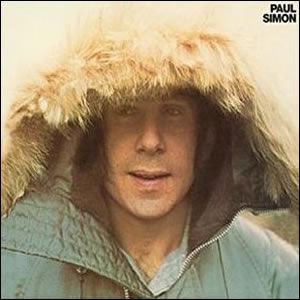
Buy Paul Simon Staking his own claim in the musical landscape, Paul Simon began exploring world influences with his 1972 eponymous album. It was his first post Simon and Garfunkel album, and let […]
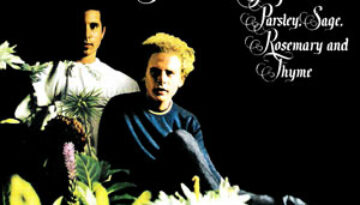
Buy Parsley Sage Rosemary Thyme Although Parsley, Sage, Rosemary and Thyme is officially the third album by Simon & Garfunkel, they certainly did not take the traditional path to get to this point. […]
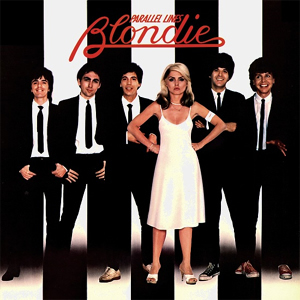
Buy Parallel Lines Blondie has become one of those groups that is often misunderstood on multiple levels. First, this was a band, not a female solo artist with a common nickname. Next, this […]
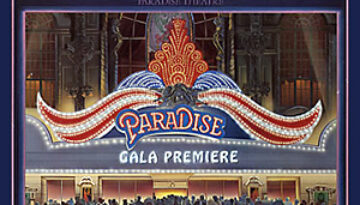
Buy Paradise Theatre At a time when the “concept album” had all but gone out of fashion, Styx released Paradise Theatre, an album that loosely couples a fairly interesting concept with some strategically […]

Buy Out of Time Following the success of R.E.M.‘s 1988 album Green and the extensive supporting tour which followed, the band took nearly a year to recuperate before reconvening to produce their next […]
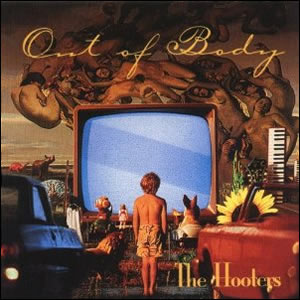
Buy Out of Body Out of Body was the fifth studio album by The Hooters, released in 1993, and would be the last before the band’s decade and a half hiatus from recording. […]
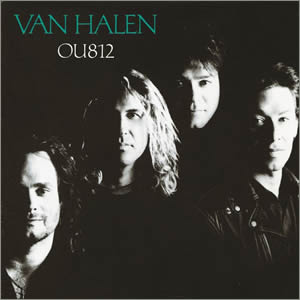
Buy OU812 Following the success of the group’s first #1 album, 5150 (as well as the mammoth tour which followed), Van Halen scored similar success with the followed-up OU812 in 1988. These were […]
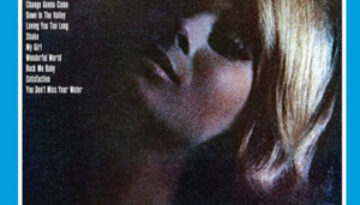
Buy Otis Blue Otis Redding‘s third studio album, Otis Blue/Otis Redding Sings Soul, (most commonly known as simply, Otis Blue) was a commercial success and has been critically acclaimed for the half century […]
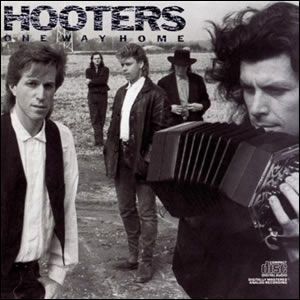
Buy One Way Home After two years of extensive touring in support of their first major label success, Nervous Night, the Philadelphia based group The Hooters returned to the studio to record One […]

Buy One On One Many critics believed that Cheap Trick was already past their peak by the time that got around to recording their sixth studio album, One On One in 1982. The band […]